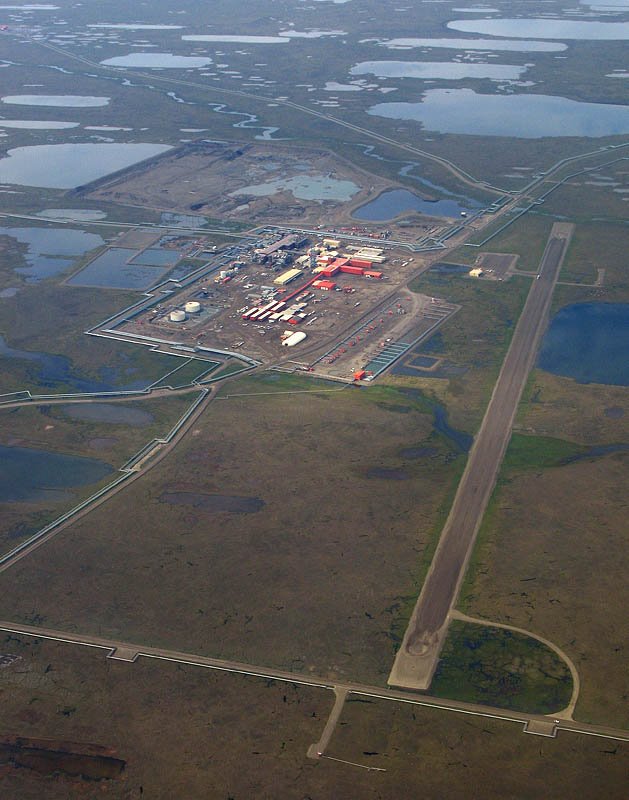
During this week’s special session in Juneau, most lawmakers have been focused on whether the state should take a larger stake in the Alaska LNG project, which would build a natural gas pipeline from the North Slope.
But Monday afternoon, the Senate Resources Committee met to hear about another crucial, if little-discussed issue: if you tap the state’s supply of natural gas, you’ll end up with less oil.
Cathy Foerster of the Alaska Oil and Gas Conservation Commission put it this way:
“Taking the gas from an oil field … before all the oil has been produced, will … cause some of that oil to be lost,” Foerster said. “That’s not my opinion. That’s not somebody’s prediction … When you take the gas out of an oil field, and there’s oil still left, some of that oil is unrecoverable. Period.”
That’s because the natural gas in fields like Prudhoe Bay is re-injected into the wells to pressurize the field and increase oil production. Take away that gas, and you lose access to some of the oil.
The commission is tasked with making sure the state’s oil and gas resources aren’t wasted, and it has to approve any plans to take gas from the North Slope – including for the Alaska LNG project.
And despite declining production on the Slope, there’s still plenty of oil to worry about, Foerster said.
“There’s 2.5 billion barrels of oil,” she said. “As Donald Trump would say, that’s HUUUGE.”
For context, she said, 2.5 billion barrels is about the amount produced from the North Slope’s Kuparuk reservoir, the second largest oil field in North America, during its entire 34-year lifetime.
Still, in mid-October the commission gave its formal approval for the Alaska LNG project to take gas from both Prudhoe Bay and Pt. Thompson. Foerster and Commissioner Dan Seamount say the timing is finally right.
The state has been trying to build a pipeline from the North Slope for some 40 years. But from the commission’s point of view, it was always too early, Seamount said.
“When I first took this job in the year 2000, they were talking about a gasline in 2014 and that just scared the hell out of me,” he said. “Because we were making a million barrels of oil a day and we were using that gas to help make that million barrels of oil a day.”
Seamount and Foerster said they’re now comfortable tapping the gas fields – starting in 2025. In a best-case scenario, that’s just about when the Alaska LNG pipeline would be ready to start shipping.
